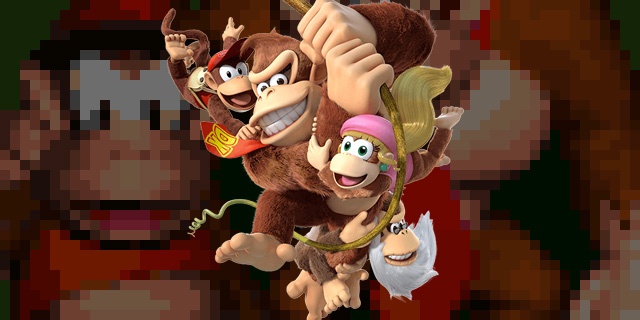
Last year, I was sitting next to my buddy at a hockey game at the Memorial Arena in Victoria, British Columbia. We obeyed the voice telling us to stand, removed our hats and welcomed some aspiring local vocalist to sing what would, no doubt, be a rousing rendition of Canada’s national anthem. After a quick internal check to see if my ears were working (sadly, they were), I confirmed that it was the national anthem I was hearing.
Oh, for it to be any other song, for the butchery and obnoxiousness wouldn’t pain me as much. A true Canadian wouldn’t derive anything but sadness from this version of O Canada. The singer was trying too hard, she hit high notes where there shouldn’t have been, she hit low notes where low notes should never go and she stretched it out with unnecessary wailing and impromptu head and hand movements. It was way too long and over-produced. I turned to my buddy and said, “you know, it’s not a cover.” He agreed.
You’re not going to turn a national anthem into your own, so why try? The argument is that, as a performer, you always try to inject some sort of personal significance or trademark into your work. After all, isn’t that why we see live performances? To see a new interpretation of a work? Something alive? It’s difficult when there’s history involved, however. If it’s a new song, my internal leniency will be present. But if you’re singing the national anthem, or acting out Shakespeare, you’ve got a lot to live up to.
It’s the same deal if you’re making a video game based on a long-standing franchise.
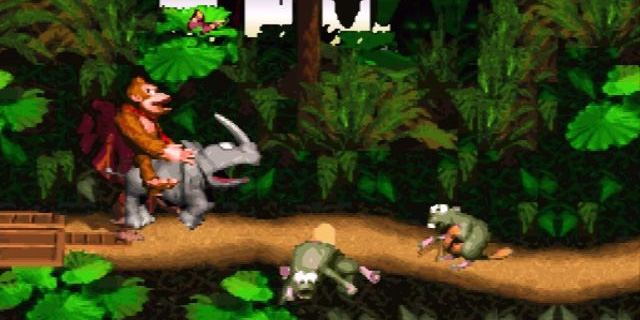
Tread lightly, ye game developer. What may seem new and fresh to you may seem insultingly bad if the product isn’t treated with care. This train of thought stopped at a station in my brain recently and hasn’t left. My girlfriend and I are playing through Donkey Kong Country Returns: Tropical Freeze. It’s an excellent game. Finally seeing Donkey Kong in full HD was well worth the wait. His fur, his model and his animations all seem more lifelike than ever, and that goes for his monkey pals too: Diddy, Dixie and Cranky.
My main complaint stems from the fact that I was a huge Donkey Kong Country fan as a kid. Massive. I played all three of the originals on the Super Nintendo religiously. I found every secret, tried to speed-run the games, absolutely adored them. I can feel the controller in my hands right now. I can hear the sound a Zinger makes when I crush him with a barrel. Stickerbrush Symphony is currently playing in my head.
Donkey Kong Country was a distinctive platformer – not quite Mario, but not totally unfamiliar. Like most 2D Mario games, the controls were excellent. The weight felt right. Running, building momentum, cartwheeling, rolling and jumping was easily done and felt natural. It didn’t take long to learn. Whenever I died, I never blamed the controller, only myself.
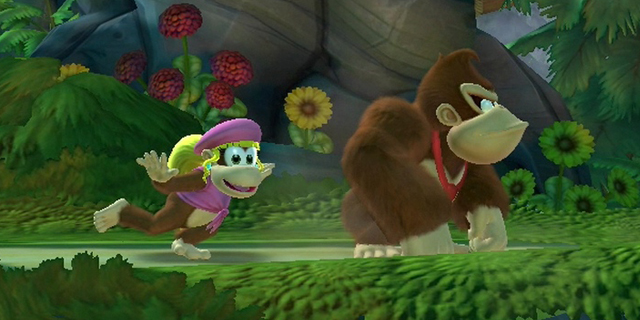
Tropical Freeze (and for that matter, Donkey Kong Country Returns for the Wii too) is great fun, but it doesn’t quite feel right. Switching the controls from the analog stick to the D-pad is an improvement, but I find myself rolling around when I don’t want to. The game is quite difficult, and playing multiplayer adds a new type of challenge. I can’t always trust myself when I’m about to perform a difficult jump, or roll into a baddie at a precise time. I’m more puzzled by my deaths than admiring the difficulty faced in front of me. The weight, momentum, jumping… they don’t quite feel right. At times it seems Donkey Kong is floating, and other times he feels like a rock. Why can’t I control Donkey Kong in 2014 like I did in 1994? I know the levels are different, and so is the technology. But it still doesn’t feel right. It feels like an unwanted cover of a song. It’s a slight blemish on an otherwise-stellar experience.
I felt the same way with some of the newer 2D Mario games, like New Super Mario Bros. and New Super Mario Bros. U. Fun? Sure. But making a Mario game is like putting on a Shakespearean play; you better do it right, because there is a long, long history of excellence your product will be compared to. It’s a miracle new Mario games continue to feel original and remain among the top selling and best ranked games on the market, 29 years after the original Super Mario Bros. landed on the NES.
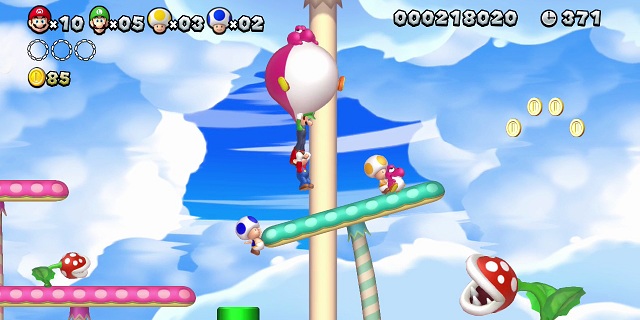
I’ve no complaints about the 3D titles, but the 2D games have that “float-y” feel. Mario runs differently and can even wall-jump. I know the developers had to alter the controls slightly, because Super Mario Bros. 3 this isn’t; you have the capability of going through levels with three other players simultaneously, a feat we only could have dreamed of in the past. I’m not lamenting current features we see, only that it’s nigh-impossible to ignore that the Super Nintendo editions of Super Mario World and Yoshi’s Island made me feel like I was more in control. It feels like, with the new games, I’m being held back somewhat, and that’s more than slightly frustrating. The less said about Yoshi’s Island DS, the better. What I wouldn’t give to have 2D Mario controls, or even just the option, in a newer game.
I got my wish (sort of) when Capcom surprised everybody with a new Mega Man game in 2008. Capcom making a new Mega Man game isn’t surprising in the least, but this time it wasn’t a version of Mega Man X, a Battle Network or a new sub-franchise. This was Mega Man 9, a beautiful old-school throwback completely in the style of the original NES Mega Man games. The controls are pitch-perfect. They’re exactly the same. Capcom painstakingly took every detail into consideration to create a “new old” experience. There’s even an option to add in the technical shortcomings of the original system, like enemies flickering if there are too many on the screen.
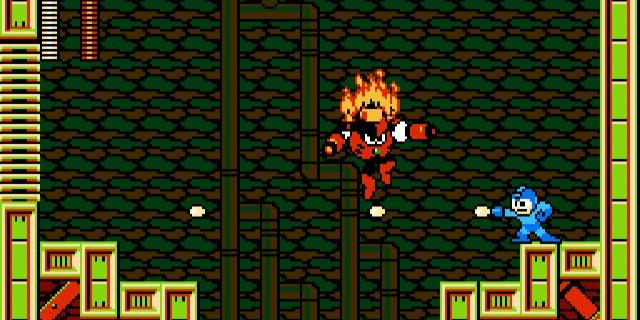
This is a tribute, down to the last screen. Everything feels like old school Mega Man. Running, jumping, momentum, firing his weapons, collecting powerups. They nailed it. The entire experience is ultimately satisfying because the developers didn’t try to re-invent the wheel. They didn’t make their own “cover” of the Mega Man classics. Mega Man 7 and to a much greater extent, Mega Man 8 committed crimes against the franchise, as far as I’m concerned. The controls are beyond sluggish, and I wished everything would just hurry up.
I should be careful what I wish for. I can’t just keep wanting what I used to have as a kid. I can’t let nostalgia blind me to new experiences and modern limitations. So I don’t have a Donkey Kong Country that doesn’t feel like an old Donkey Kong Country. Is that so bad? Aren’t the new viewpoints of Tropical Freeze amazing? Don’t the character models look insanely good by comparison? Isn’t the overall presentation much better?
Absolutely. But what I wouldn’t give for a slice of the past and hear the original track, instead of a modern cover.



















